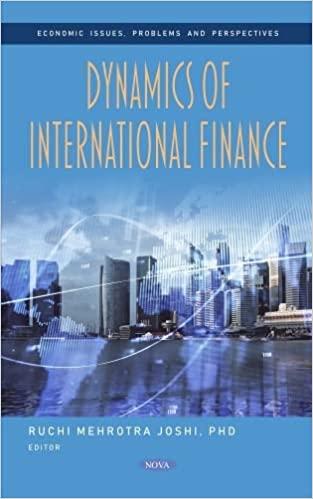Question 1: Credit and liquidity risk Consider a bank that invests an amount y in risky assets (loans) at t=0. At t=2, each unit invested in the risky asset will yield R>1 and so investment y will return yR. Bank's assets are funded with short-term debts, long-term debt / and equity e so that: y =s+l+e. The gross interest rate that short-term creditors receive from t=0 to t=1 is 1, the gross interest rate they receive from t=1 to t=2 is rs > 1, and the long-term creditors receiver, at t=2. A fraction a of short-term creditors do not rollover their debt at t=1 (ie, as withdraw), where a has (approximation) a Normal distribution (4,0). The bank can repay such creditors by liquidating the risky asset. When one unit of the risky asset is liquidated at t=1, it yields TR. Suppose y=100, e = 10, s-70, 1-20, r = 1.2, 5, = 1.1, u = 0.6, =0.5 and 0 0.1. Table 1: Bank's balance sheet Assets Liabilities Short-term debt s=70 Long-term debt i=20 Equity e=10 y=100 a) For what values of Ris the bank fundamentally insolvent? For what values of Ris the bank fundamentally solvent? b) Suppose R=1.5 (so an investment of 100 would return 150 at t=2). What is the probability that the bank will be solvent at t=2? c) Suppose that at t=1, we learn that R=1.2 and a=0.9. The central bank decides to introduce an asset purchase program. What is the minimum price the central bank needs to buy the risky asset at to prevent the bank from failing? How much cash does the central need to conduct the asset purchase program at that price? Question2: Economic and regulatory capital Suppose the bank has a portfolio of risky assets that cost 100 at t=0. The bank finances the portfolio with debt (d) and equity (e), where d + e = 100. Suppose (approximation) the return R from the risky portfolio has a Normal distribution with mean u and standard deviation o at t= 1, with u = 110 and o = 10. a) Assume the value of bank debt outstanding is 97. What is the probability the bank will default? b) The bank wants to keep the probability of failure at a maximum of 5%. Calculate economic capital c) The regulator wants to keep the probability of default at 1%. Calculate regulatory capital. d) How does the bank's default probability change with its leverage (d/e) and the riskiness of the assets? Question 1: Credit and liquidity risk Consider a bank that invests an amount y in risky assets (loans) at t=0. At t=2, each unit invested in the risky asset will yield R>1 and so investment y will return yR. Bank's assets are funded with short-term debts, long-term debt / and equity e so that: y =s+l+e. The gross interest rate that short-term creditors receive from t=0 to t=1 is 1, the gross interest rate they receive from t=1 to t=2 is rs > 1, and the long-term creditors receiver, at t=2. A fraction a of short-term creditors do not rollover their debt at t=1 (ie, as withdraw), where a has (approximation) a Normal distribution (4,0). The bank can repay such creditors by liquidating the risky asset. When one unit of the risky asset is liquidated at t=1, it yields TR. Suppose y=100, e = 10, s-70, 1-20, r = 1.2, 5, = 1.1, u = 0.6, =0.5 and 0 0.1. Table 1: Bank's balance sheet Assets Liabilities Short-term debt s=70 Long-term debt i=20 Equity e=10 y=100 a) For what values of Ris the bank fundamentally insolvent? For what values of Ris the bank fundamentally solvent? b) Suppose R=1.5 (so an investment of 100 would return 150 at t=2). What is the probability that the bank will be solvent at t=2? c) Suppose that at t=1, we learn that R=1.2 and a=0.9. The central bank decides to introduce an asset purchase program. What is the minimum price the central bank needs to buy the risky asset at to prevent the bank from failing? How much cash does the central need to conduct the asset purchase program at that price? Question2: Economic and regulatory capital Suppose the bank has a portfolio of risky assets that cost 100 at t=0. The bank finances the portfolio with debt (d) and equity (e), where d + e = 100. Suppose (approximation) the return R from the risky portfolio has a Normal distribution with mean u and standard deviation o at t= 1, with u = 110 and o = 10. a) Assume the value of bank debt outstanding is 97. What is the probability the bank will default? b) The bank wants to keep the probability of failure at a maximum of 5%. Calculate economic capital c) The regulator wants to keep the probability of default at 1%. Calculate regulatory capital. d) How does the bank's default probability change with its leverage (d/e) and the riskiness of the assets








